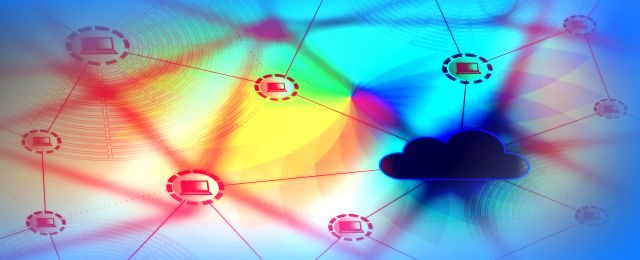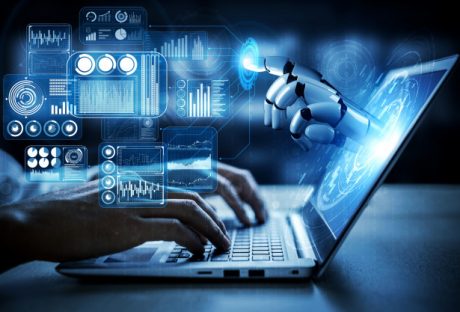Most people do not have any idea on how to get better service for their phones aside from walking around and stumbling upon a signal. For most people, that’s enough.
However, there are better, more efficient, and less frustrating ways of getting good phone reception.
And the good thing is, most people can do them without being an expert on phones. It’s just a matter of knowing the right stuff about phone signals.
You can improve your phone’s signal too. Follow this simple guide and you’ll never have to worry about dropped calls again.
Trace a Signal Using Your Phone :
Like mentioned above, the usual solution that people do is walk around and hope to find a signal. But that can take a lot of time.
Thankfully, most phones have a hidden setting to turn on their decibel meter.
Cell signals are measured in decibels (dB) and work within -50 dB to -120 dB. The signal is strongest the closer one gets to -50 dB and weakest in -120 dB.
By turning on your phone’s dB display, you can efficiently trace a signal. You can track it down to where it is strongest.
You can check your dB meter through these steps:
iPhone :
- Activate Phone Mode
- Dial *3001#12345#*
- Enter Field Test Mode
- Check the notifications bar to see the dB reading
*Note: This method won’t work on an iOS 11 phone and models that use Intel modems.
Android :
- Access Settings
- Go to General
- Select About Phone
- Then click Network or Status to show the dB value
Go Out in the Open :
There are many things that can interfere with cell signals.
Concrete walls and floors, metallic materials, the curvature of the Earth, other electronic devices, and even bad weather can disrupt signals.
As such, getting away from all of these deterrents can help you get good reception. Cell signals are strong in open fields. Find an area without any obstacles between you and a cell tower to get the best reception.
But first, you will need to know where the nearest cell tower is, so you may want to check your carrier’s map, use a tower finder app, or refer to an online cell tower map.
Once you have an idea where the cell towers in your area are, you can start looking for a place with a direct line of sight to a tower or, at least, somewhere with a relatively unobstructed path to it.
Getting a Signal Booster :
A permanent solution to improving one’s phone reception, especially at home, is by getting a signal booster.
A signal booster grabs the signal from the air, doubles its strength, then redistributes it around itself, effectively making another signal source. It’s ideal for homes and workplaces that regularly can’t get a decent reception.
Also, signal boosters should be placed somewhere in the center of the building so that it can cover the maximum area that it can.
Some boosters also improve other signal types, like the WeBoost Connect 4G, which affects 4G signals, as well as 3G and voice networks from all carriers.
Conclusion :
Getting the assistance of an expert isn’t necessary when one knows the essentials of improving your phone signal.
Don’t suffer from bad reception ever again. Try any of these methods and keep your lines open.
Read More :
1. Best iPhone Spy Apps Without Jail Breaking
2. How Smartphone Tracking Programs Assist Parents In Controlling Their Children
3. 5 Blogging Tips For Beauty And Fashion Bloggers In 2018






















